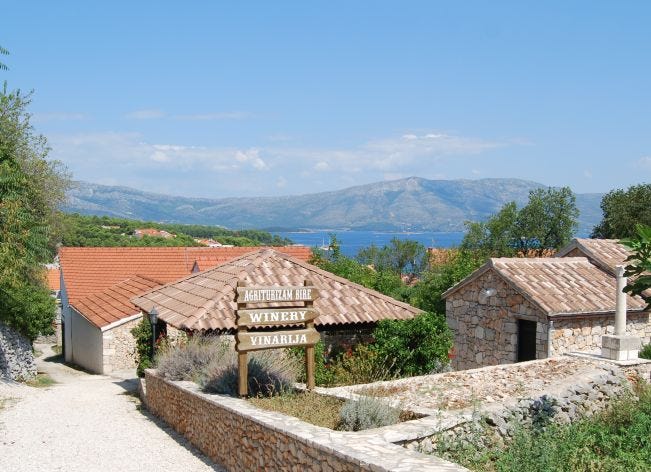Dalmatia Part 1: Grk, the most feminine of all grapes

The Bire winery, Peljesac and Adriatic in the distance
Grk has to be one of the most fascinating grape varieties I've ever encountered. You can only find it in the sandy soils of the vineyards surrounding the beach town of Lumbarda, on Korčula island in Croatia. An unnamed present from 4th century BC Greece, the Korčulans christened it simply as Grk or …
Keep reading with a 7-day free trial
Subscribe to The Morning Claret to keep reading this post and get 7 days of free access to the full post archives.



